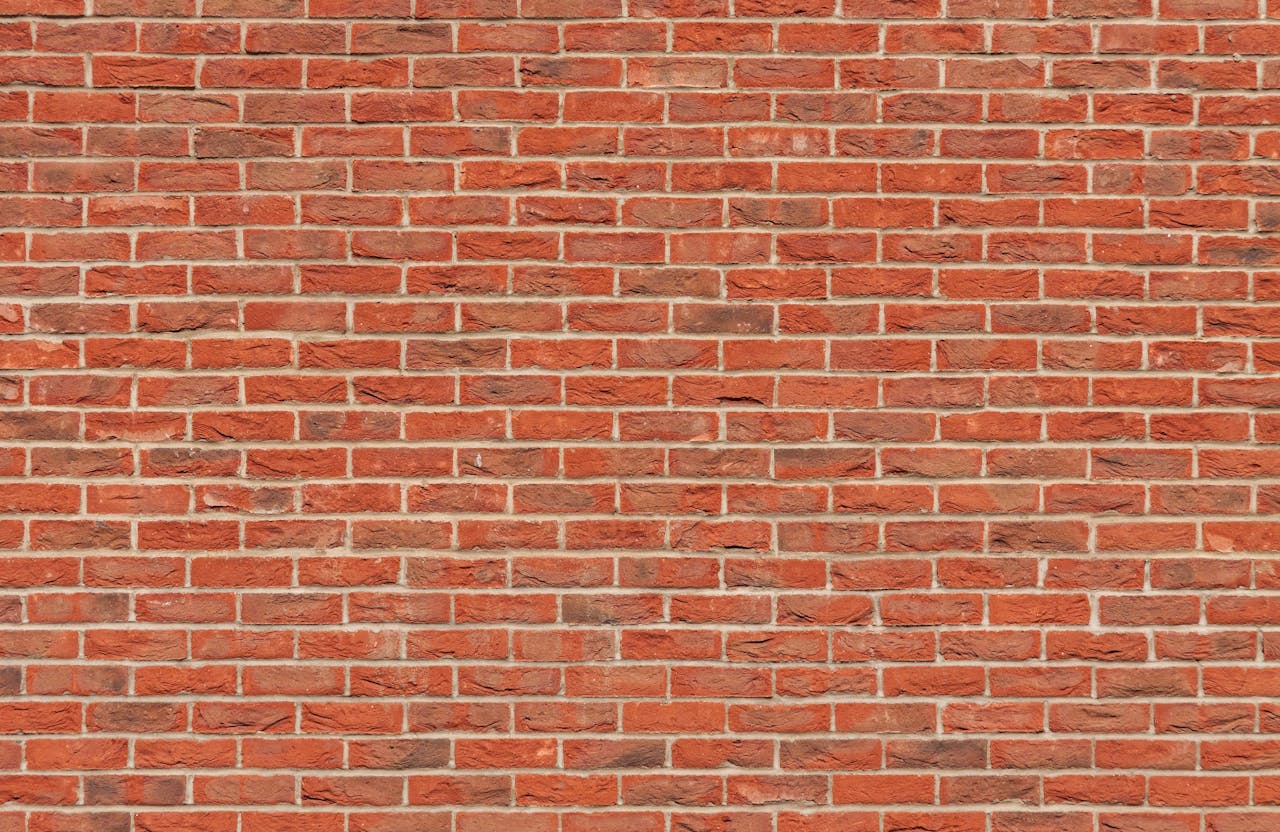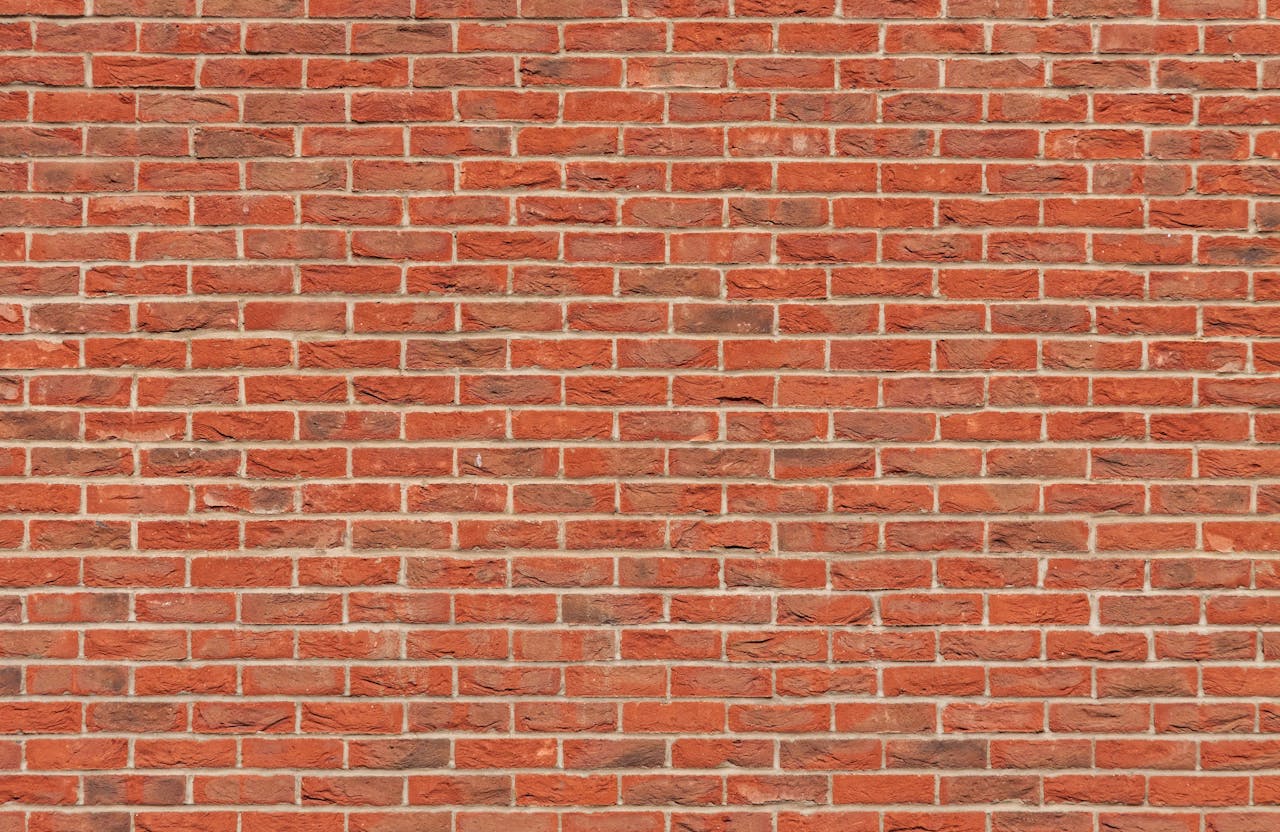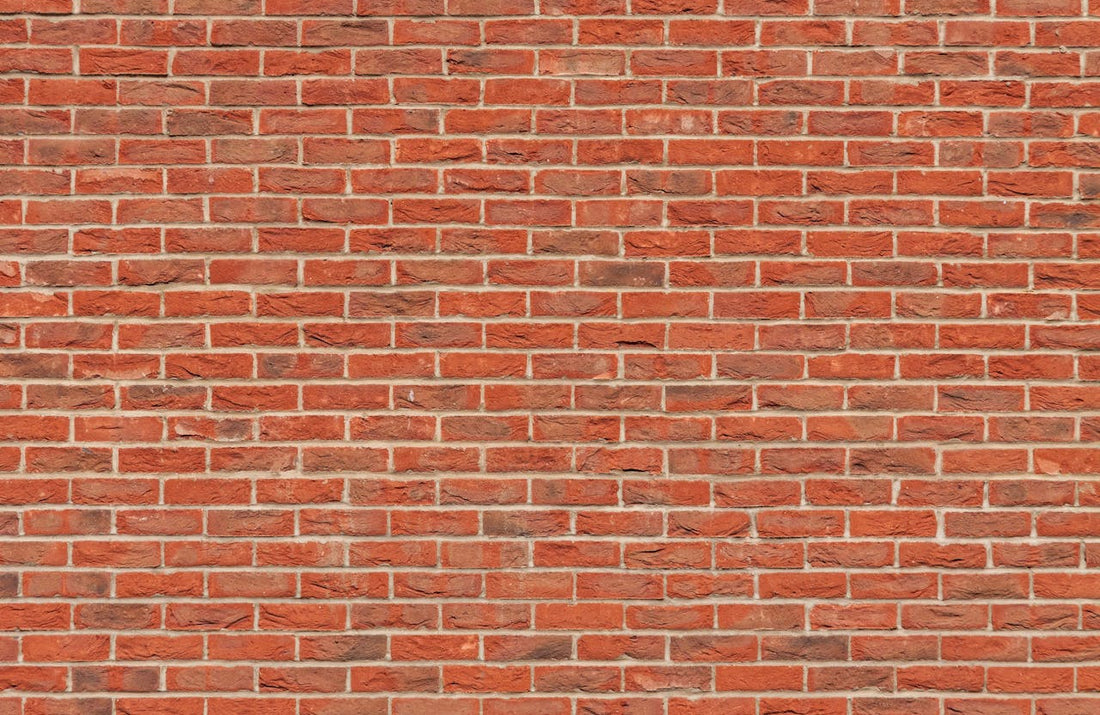Bricks are one of the oldest building materials and have been used for thousands of years. They remain a popular choice in construction today due to their versatility, durability and aesthetics. There are different types of bricks, each with unique properties and uses. In this article we examine the types of bricks most used in construction.
We have discussed around 20 types of bricks under different categories or classifications in this article.
Classification based on materials
1. Bricks
Valued for their timeless beauty and durability, clay bricks have been a building staple for centuries. These bricks are made from natural clay that is molded, dried and fired in kilns to achieve the desired strength and texture.
Available in a variety of colors from earthy reds to soft browns, clay tiles add warmth and character to buildings. Clay tiles provide excellent thermal insulation, help regulate internal temperatures and reduce energy costs.
Furthermore, its porous nature allows efficient absorption of moisture, preventing the formation of damp and mold. When well cared for, clay tiles can stand the test of time, making them a preferred choice for traditional and contemporary architectural projects.
2. Concrete blocks
Concrete blocks are made from a mixture of cement, sand and aggregates and provide unmatched strength and durability.
Unlike mud bricks, which are made from natural clay deposits, concrete bricks can be made from locally available materials, reducing transport costs and environmental impact. These bricks are formed by pouring concrete mix into molds and curing under controlled conditions to achieve ideal strength and consistency.
Concrete blocks come in various shapes and sizes, including solid, hollow, and interlocking designs , and offer versatility in construction projects. They are valued for their ability to withstand harsh weather conditions, making them ideal for outdoor applications such as retaining walls, paving and landscaping.
3. Sand-lime bricks
Sand-lime bricks, also called calcium silicate bricks, are made by mixing sand, lime and water, followed by a chemical reaction called hydration.
This process creates calcium silicate hydrate, which binds the components together to create dense, uniform bricks. Sand-lime bricks offer exceptional strength, durability and dimensional stability, making them suitable for structural structures and industrial applications.
These bricks have a smooth texture and uniform appearance, making them ideal for architectural surfaces and decorative elements. Furthermore, sand-lime bricks have excellent fire resistance properties, ensuring structural integrity and safety in fire-prone environments.
4. Fly ash bricks
Considered a sustainable alternative to traditional clay bricks, fly ash bricks are made from fly ash, a byproduct of coal combustion, as well as cement and water.
By incorporating fly ash into the brickmaking process, these types of bricks help reduce the environmental impact of coal-fired power plants while conserving natural resources. Fly ash bricks offer comparable strength and durability to traditional clay bricks, making them suitable for a variety of construction applications.
Furthermore, these bricks have excellent thermal insulation properties that help regulate internal temperatures and reduce energy consumption. As more emphasis is placed on sustainable building practices, fly ash bricks have proven to be a popular choice for environmentally conscious builders looking to minimize their carbon footprint.
5. Flints
Refractory bricks, also called refractory bricks. Refractory bricks are capable of withstanding high temperatures and thermal shocks. Made from refractory ceramic materials such as alumina, silica and fireclay, these bricks have exceptional heat resistance. Therefore, they are essential in industries where extreme temperatures occur.
Flints come in a variety of qualities and compositions, each tailored to specific temperature ranges and applications. Commonly used in stoves, ovens, fireplaces and chimneys, they provide reliable insulation and protection against heat transfer. Additionally, flints offer superior mechanical strength and chemical stability, ensuring long-term performance in demanding environments.


Classification based on manufacturing process
6. Extruded bricks
Extruded bricks, also called wire cut bricks are made by pressing wet clay through a die to create uniform shapes.
This process creates bricks with precise dimensions and sharp edges that are ideal for modern construction techniques such as thin-joint masonry and automated masonry. Extruded bricks offer excellent production consistency and efficiency, enabling high-volume production and cost-effective construction solutions.
These types of bricks are commonly used in residential, commercial and industrial projects where speed and accuracy are of utmost importance. Most importantly, extruded bricks can be customized with different textures and surface finishes, improving the aesthetic appearance.
7. Molded bricks
Molded bricks, also called soft clay bricks are made by pressing wet clay into molds which are then dried and fired to harden the bricks.
Unlike extruded bricks, which undergo extrusion and cutting processes, molded bricks maintain the irregularities and textures of the shape, giving them a rustic and artisanal appearance. Molded bricks offer design versatility, allowing for complex patterns, raised motifs and surface treatments.
They are often used in historic building restoration projects where historical accuracy and architectural authenticity are of utmost importance. Additionally, molded bricks can be manufactured in a variety of colors and finishes, giving buildings visually interesting properties and character.
8. Dry-pressed bricks
Dry pressed bricks, also called wire molded bricks are made from a semi-dry clay mixture that is compacted and shaped using molds and cutting wires.
This process creates bricks with precise dimensions, sharp edges and smooth surfaces, making them ideal for modern construction techniques and aesthetic applications. Dry-pressed bricks provide uniformity in size and shape, allowing for tight joints and perfect finishes in masonry walls.
They are often used in contemporary architectural styles where clean lines and minimalist aesthetics are desired. Additionally, dry-pressed bricks can be customized with different colors, textures and surface treatments, allowing for creative expression and design innovation.
Special stones
9. Leaky bricks
Perforated bricks, characterized by evenly spaced holes or perforations throughout their structure, provide better ventilation and thermal insulation properties. These bricks allow for better air circulation and moisture control in masonry walls, reducing the risk of condensation and mold growth.
Perforated bricks are commonly used in residential and commercial buildings where indoor air quality and comfort are of utmost importance. Additionally, these bricks help reduce the overall weight of the structure, resulting in cost savings on the foundation and structural design.
10. Technical Building Blocks
Designed to offer superior strength, durability and weather resistance, engineered bricks are essential for structural applications and demanding construction projects. These types of bricks undergo stringent quality control measures to ensure consistent performance and compliance with industry standards.
Engineering bricks are commonly used in foundations, retaining walls and underground structures where load-bearing capacity and structural integrity are critical. Furthermore, these bricks offer excellent resistance to frost, abrasion and chemical influences, making them suitable for aggressive and industrial environments.
11. Bullnose Bricks
Bullnose bricks feature rounded edges and smooth surfaces, providing a smoother aesthetic and greater safety in architectural applications. These bricks are often used to enclose walkways, steps and gardens where sharp corners pose a risk of injury.
Bullnose bricks add a finished appearance to masonry elements and improve visual continuity in landscape designs. Furthermore, its curved profile allows for seamless transitions between different surfaces and materials, creating a unified and inviting environment.
12. Acidic stones
Acid-resistant bricks, designed to withstand harsh chemicals and acidic environments, are essential for industrial environments such as chemical plants, laboratories and wastewater treatment plants. These bricks are made from dense ceramic materials that resist contact with acids, bases and solvents without deteriorating or losing their structural integrity.
Acid bricks offer excellent resistance to erosion, abrasion and thermal shock, making them suitable for harsh operating conditions. Additionally, their smooth surfaces facilitate cleaning and maintenance, ensuring long-term performance and safety in corrosive environments.
Decorative bricks
13. Glazed bricks
Glazed bricks, with a finish similar to glass or enamel, offer vibrant colors, shiny surfaces and greater durability in architecture. These types of bricks undergo a second firing process in which a layer of liquid glass is applied to the surface and fused to the base material, creating a smooth, waterproof surface.
Glazed bricks are available in a variety of colors, textures and patterns, allowing for creative expression and individual design. They are often used for decorative facades, interior details and artistic installations where visual impact and durability are desired.
14. Facing rocks
Face brick, also called facing brick or facing brick, is designed for exposed surfaces and architectural details, providing structural support and aesthetic appeal to buildings. These bricks are available in a variety of colors, textures and finishes, allowing architects and designers to achieve the desired facade appearance.
Facing bricks are commonly used in residential, commercial and public buildings where visual continuity and appeal are critical. Additionally, these bricks offer excellent durability, weather resistance and thermal performance, ensuring lasting beauty and functionality in outdoor applications.
15. Covering stones
Ridges with a sloped surface or coping profile are installed on walls to prevent water infiltration, protect the masonry from the weather and improve architectural aesthetics. These stones are commonly used in parapets, boundary walls and garden features, where they provide a finished edge and improve water drainage.
Coping stones come in a variety of shapes and sizes, including flat, rounded and beveled profiles, allowing them to blend seamlessly into various wall designs. Additionally, these stones are available in a variety of colors and textures, allowing designers to create visually stunning and harmonious landscapes.
Sustainable bricks
16. Hemp Bricks
Hemp concrete blocks, made from a mixture of hemp fiber, limestone binders and water, provide excellent thermal insulation, moisture control and carbon sequestration properties. Although this type of brick is not as common in construction, its use would be more beneficial from an environmental point of view, as it is a sustainable construction material .
These bricks are lightweight, breathable and environmentally friendly, making them ideal for energy-efficient construction and sustainable building practices. Hemp concrete blocks absorb carbon dioxide during the curing process, helping to reduce greenhouse gas emissions and combat climate change.
Furthermore, these bricks are non-toxic, biodegradable and renewable, providing a natural alternative to traditional construction materials.
17. Recycled bricks
Recycled bricks, made from recycled materials such as brick scraps, demolition waste and industrial byproducts, offer a sustainable solution to reducing waste and conserving resources.
These bricks are cleaned, graded and quality checked to ensure they meet structural standards and performance requirements. Recycled bricks maintain the rustic charm and character of old bricks, giving buildings a sense of history and authenticity. These bricks reduce the need for raw materials and landfill space, contributing to the circular economy and environmental sustainability.
18. Porothermal Bricks
Designed for energy efficiency, thermal comfort and construction efficiency, Porotherm bricks feature a hollow core construction that improves insulation and reduces material consumption.
Made from clay and other natural additives, these bricks are molded into hollow bodies and baked in kilns to achieve optimum strength and durability. Porotherm bricks offer excellent thermal performance, reducing heating and cooling costs in buildings and minimizing environmental impact.
Their lightweight, modular design allows for quick and cost-effective construction, making them suitable for residential, commercial and public projects.
Bricks, with their various types and applications, play a crucial role in modern construction, offering durability, versatility and sustainability. Understanding the properties and benefits of different types of bricks allows builders and designers to create functional and aesthetically pleasing structures. Whether traditional clay bricks, innovative concrete bricks or sustainable alternatives such as hemp concrete and recycled bricks, the choice of brick can significantly influence a building's performance and environmental footprint.


1comment
Dear Sir/madam,
We are interested in your products.
Please send your products brochure/offer in FOB prices.
Currency: USD or EURO
I will appreciate it if you can send the products brochure/offer in FOB prices as soon as possible.
Awaiting your reply.
Thank you.